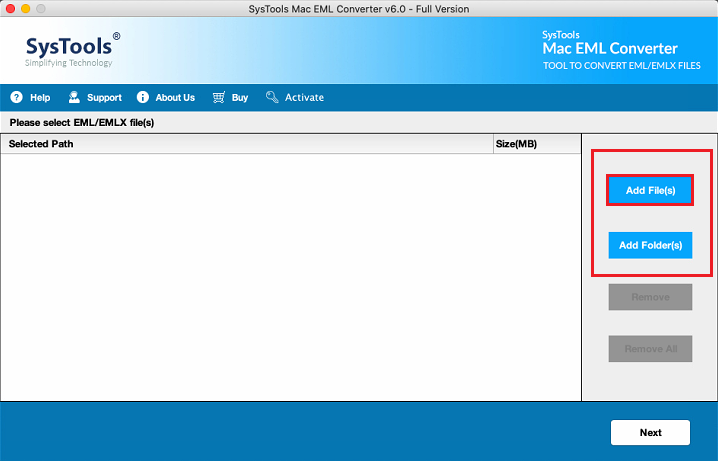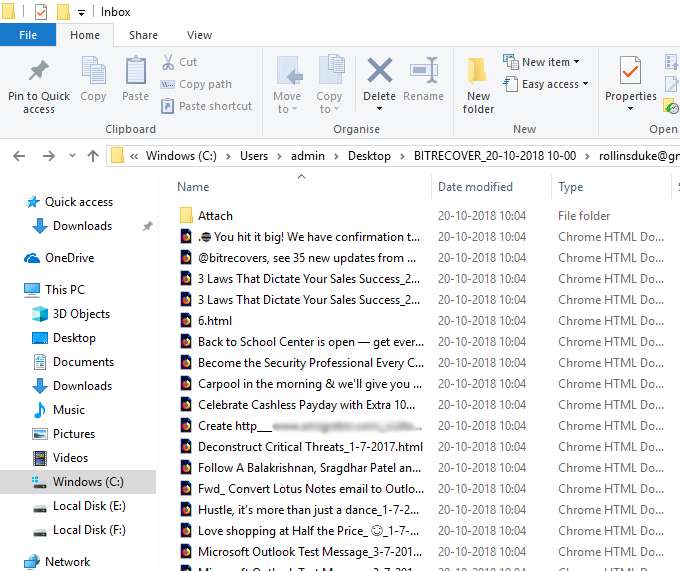

.png)
In this example, the public stream (`public://`) is used to store the images in a location that is publicly accessible by any visitor to the site. Its value should be set to the file path within Drupal using stream wrappers. For files and images, only one entity property is required: `uri`. The fields to map in the process section will depend on the target. Refer to this article to learn where the module should be placed. The migration to run is `udm_dependencies_intro_image`.
DRUPAL HTML MAIL CONVERT IMAGES TO ATTACHMENTS FULL
You can get the full code example at The module to enable is `UD migration dependencies introduction` whose machine name is `ud_migrations_dependencies_intro`. name and date of birth) are required to uniquely identify each element (e.g. For example, if the combination of two columns (e.g. It is possible to have more than one source column as an identifier. For the `embedded_data` plugin, you do it using the `ids` configuration key. The configuration for this varies slightly from one source plugin to another. You need to explicitly tell the system the name and type of the identifiers you want to use. An alternative could be to filter out invalid data in a source clean up operation before executing the migration.Īnother important thing to note is that the row identifier `photo_id` is of type string. In the process section we will accommodate for this. No file can be created without a proper URL. Also, note that one of the rows contains an empty `photo_url`. Therefore, the `SOURCE_DOMAIN` constant is created to assemble the absolute path in the process pipeline. Eventually, we will need an absolute path to them. Note that the source contains relative paths to the images. Photo_url: 'sites/default/files/2019-01/clayton-profile-medium.jpeg' Photo_url: 'sites/default/files/2018-12/micky-cropped.jpg' The following code snippet shows the source definition for the image migration example: source:ĭRUPAL_FILE_DIRECTORY: 'public://portrait/' The source of a migration is independent of its destination. Remember that each migration definition file can only write to one destination. Other possible values are `user`, `taxonomy_term`, and `comment`. You use a plugin whose name is `entity:` followed by the machine name of your target entity. For example, to migrate into files, the process section is configured like this: destination: Writing to content entities is straightforward. In the case of Drupal, the target can be other content entities like files, users, taxonomy terms, comments, etc. The migrate API is a full ETL framework able to write to different destinations. File entity migrate destinationĪll the examples so far have been about creating nodes. This migration will also serve as the basis for explaining migration dependencies in the next blog post. Even though the example will migrate images, the same approach can be used to import any type of file. Note that in Drupal images are a special case of files. Today, we are going to perform an image migration that will clear after itself when it is rolled back. In the previous blog post, we talked further about this topic. The files and images are not removed from the system upon rollback. Although valid ways to migrate images, these approaches have an important limitation. The other example uses a process plugin that accomplishes the same result using plugin configuration options.


One example allows you to set the image subfields manually. We have already covered two of many ways to migrate images into Drupal.


 0 kommentar(er)
0 kommentar(er)
